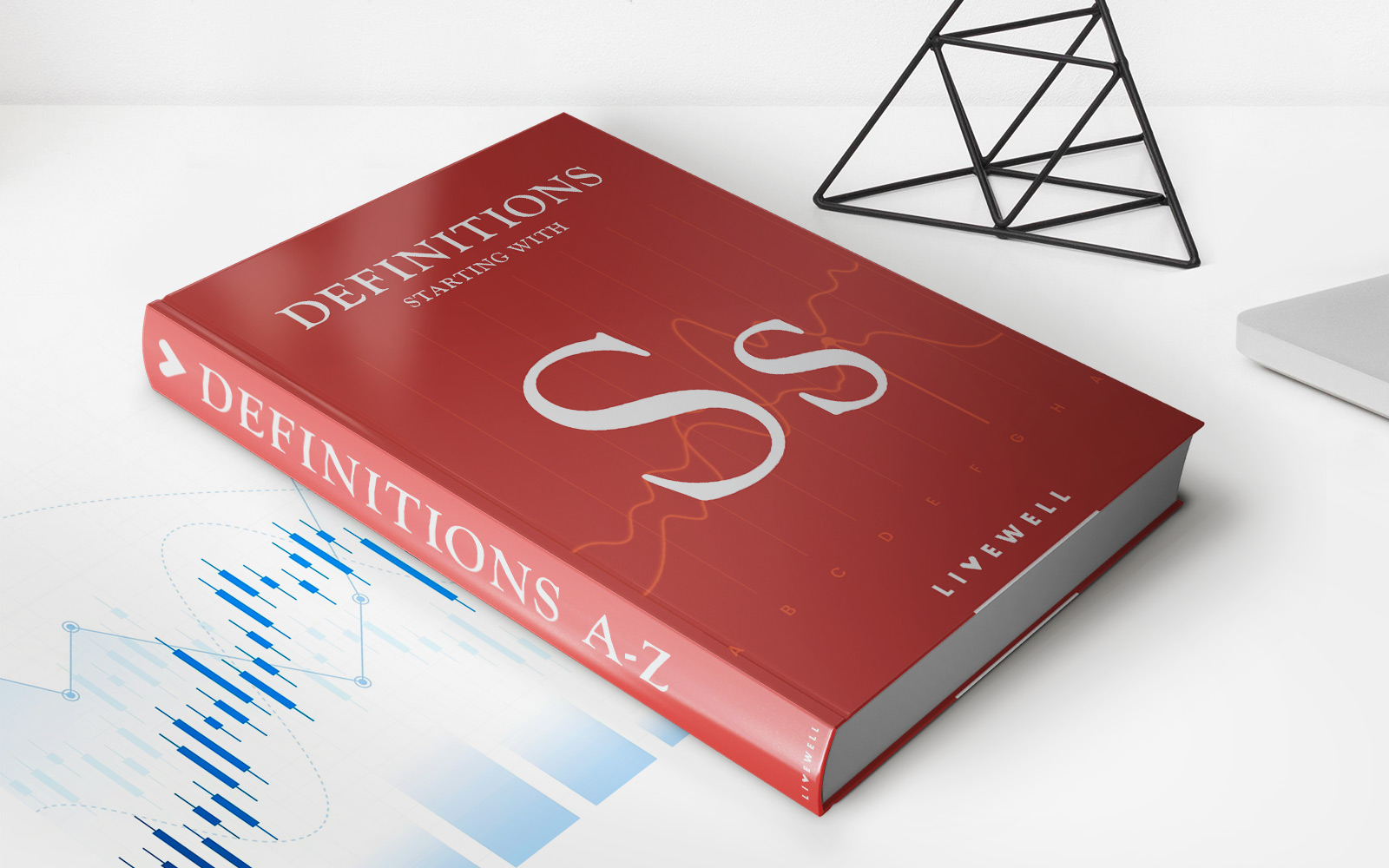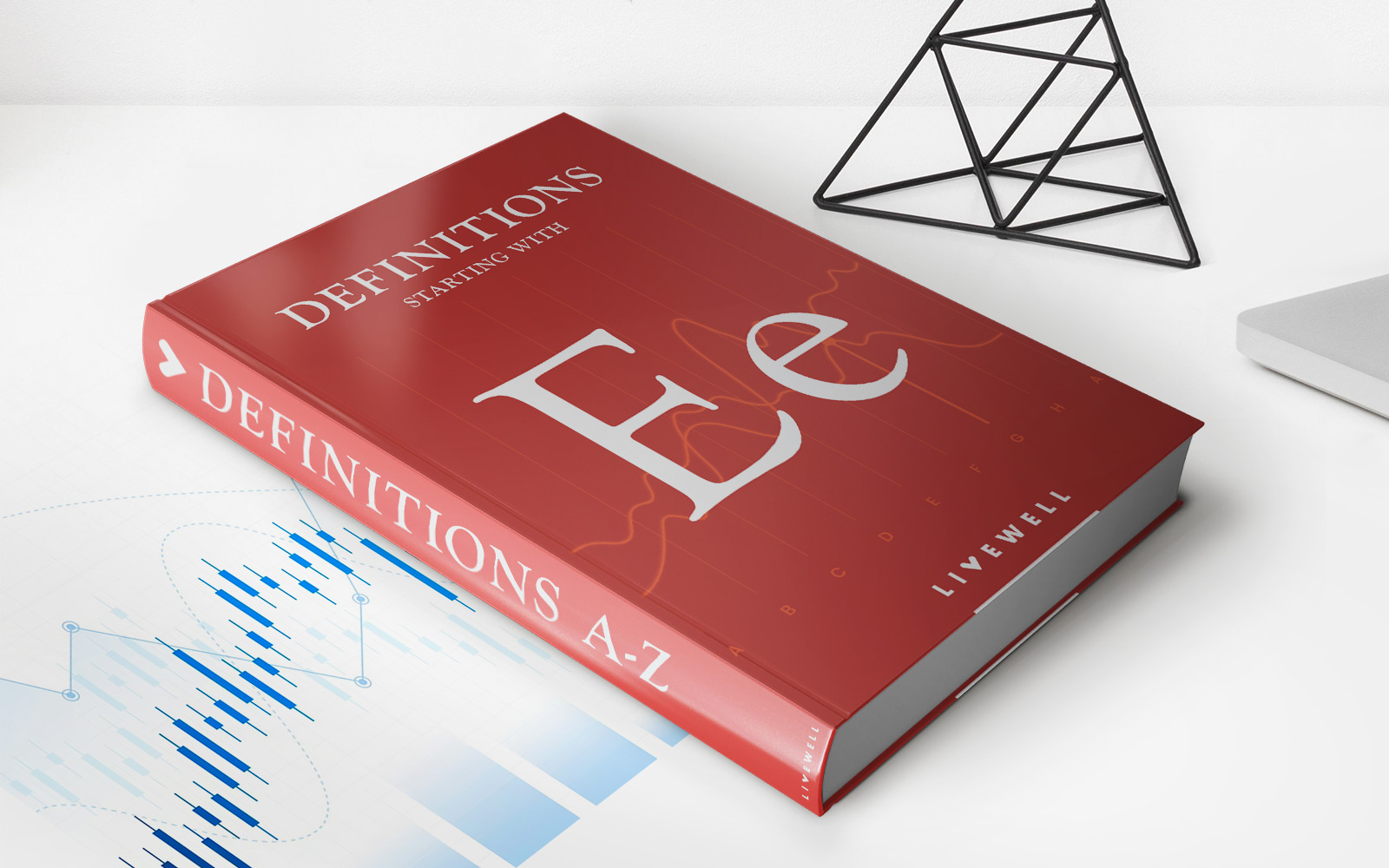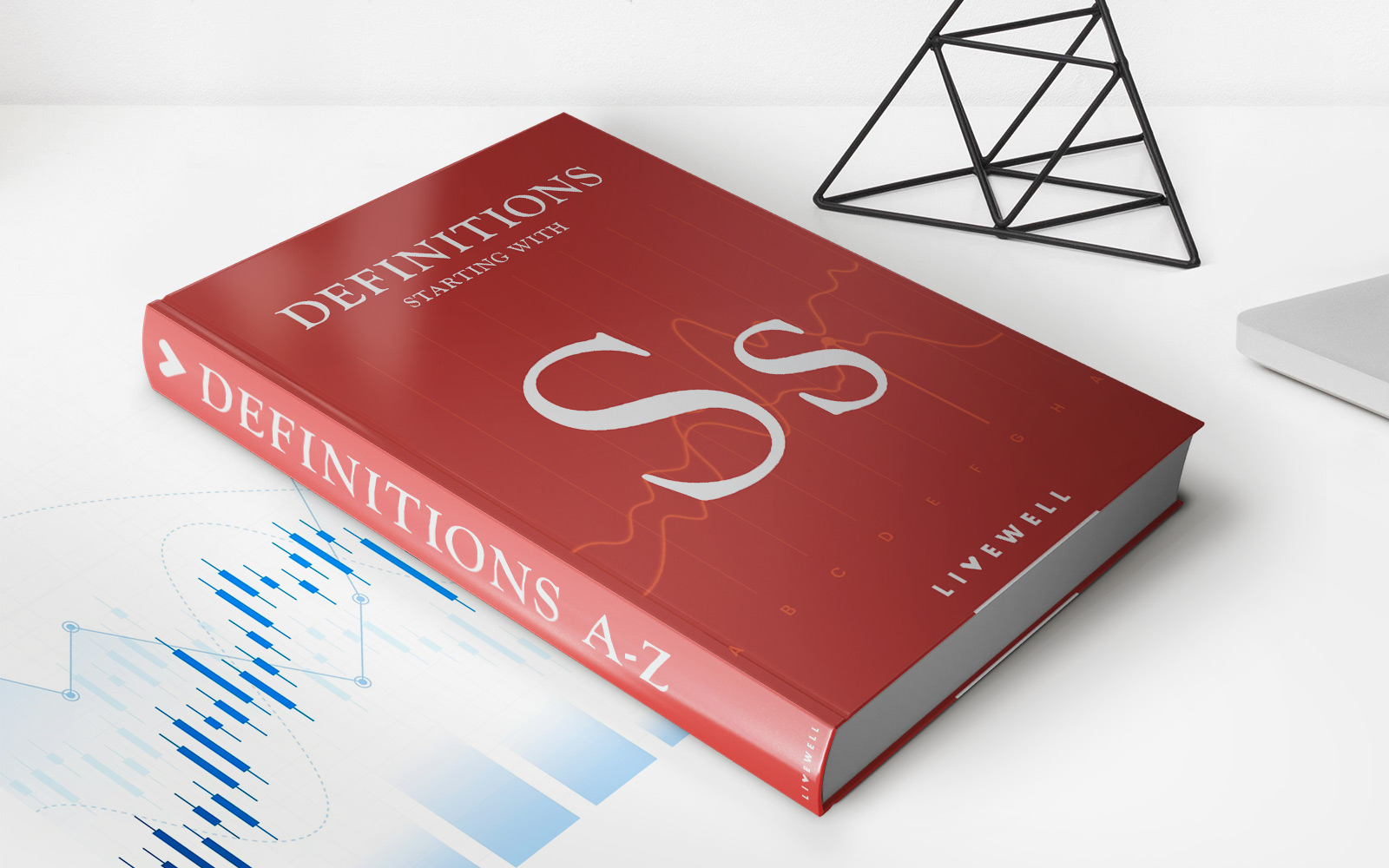

Finance
Smart Beta ETF: Definition, Types, Example
Published: January 30, 2024
Gain a comprehensive understanding of finance with our guide to Smart Beta ETFs. Learn the definition, types, and example of this innovative investment strategy.
(Many of the links in this article redirect to a specific reviewed product. Your purchase of these products through affiliate links helps to generate commission for LiveWell, at no extra cost. Learn more)
Unlocking the Power of Smart Beta ETFs
Investing in the stock market can be a daunting task, especially if you are new to the world of finance. However, with the advent of innovative investment strategies, there are now options available that can help simplify the process and potentially enhance your returns. One such strategy gaining popularity is the use of Smart Beta ETFs. In this article, we will explore the definition, types, and provide an example of Smart Beta ETFs, empowering you to make informed investment decisions.
Key Takeaways:
- Smart Beta ETFs are investment vehicles that aim to outperform traditional market-capitalization-weighted index funds by targeting specific factors such as value, quality, volatility, or momentum.
- There are various types of Smart Beta ETFs, including value-focused, low volatility, dividend-focused, and momentum-focused funds, among others.
Defining Smart Beta ETFs
To better understand Smart Beta ETFs, let’s start with the term “beta.” Beta is a measure of an investment’s sensitivity to market movements. Typically, beta is used to assess the risk of an investment relative to the overall market. A beta of 1 indicates that an investment tends to move in line with the market, while a beta greater than 1 suggests that the investment is more volatile than the market.
Smart Beta ETFs, on the other hand, deviate from the traditional market-capitalization-weighted indices, such as the S&P 500, by targeting specific factors or attributes. These factors can range from value, quality, volatility, and momentum, to name a few. By focusing on these factors, Smart Beta ETFs aim to provide investors with enhanced returns compared to traditional index funds.
The Different Types of Smart Beta ETFs
The beauty of Smart Beta ETFs lies in their versatility, as they allow investors to tailor their investment approach to specific strategies or desired outcomes. Here are a few examples of the different types of Smart Beta ETFs:
- Value-focused ETFs: These funds aim to identify undervalued stocks that have the potential for future appreciation. They typically evaluate factors such as price-to-earnings ratios and price-to-book ratios to select stocks that may be trading at a discount.
- Low volatility ETFs: These funds focus on selecting stocks with historically low price volatility. The goal is to provide investors with a smoother ride during market downturns while still participating in market upswings.
- Dividend-focused ETFs: These funds target stocks that have a history of paying consistent dividends. By investing in dividend-paying stocks, investors can potentially benefit from both capital appreciation and regular income.
- Momentum-focused ETFs: These funds seek to invest in stocks that have demonstrated strong price momentum. By following the trend, momentum-focused ETFs aim to capture returns during periods of market upswings.
An Example of a Smart Beta ETF
One example of a Smart Beta ETF is the iShares Edge MSCI USA Value Factor ETF. This ETF focuses on selecting stocks that exhibit strong value characteristics. It seeks to outperform the broad U.S. equity market by investing in companies that may be undervalued relative to their intrinsic value.
By utilizing filters such as price-to-book ratios, earnings yield, and return on equity, this Smart Beta ETF aims to identify companies that have the potential for future price appreciation. The iShares Edge MSCI USA Value Factor ETF provides investors with a targeted exposure to value stocks within the U.S. equity market, thereby differentiating itself from traditional index funds that follow market-capitalization-weighted strategies.
In Summary
Smart Beta ETFs offer investors an opportunity to move beyond the traditional market-cap weighted indices and focus on specific factors or investment strategies. By utilizing targeted approaches such as value, low volatility, dividends, or momentum, these investment vehicles aim to potentially enhance returns and diversify portfolios. As with any investment, it is crucial to conduct thorough research and consult with a financial advisor to determine if Smart Beta ETFs align with your investment objectives and risk tolerance.














